Stone towns of Hvar (3): church-fortress of St. Mary of Mercy – the jewel of Vrboska
After Fortica and Tvrdalj, it was time to head to the opposite side of the island of Hvar, more precisely to the small interesting place of Vrboska, which is located nine kilometers from Stari Grad. It is a settlement that was created sometime in the 15th century, so like other places, I decided to explore this gem.
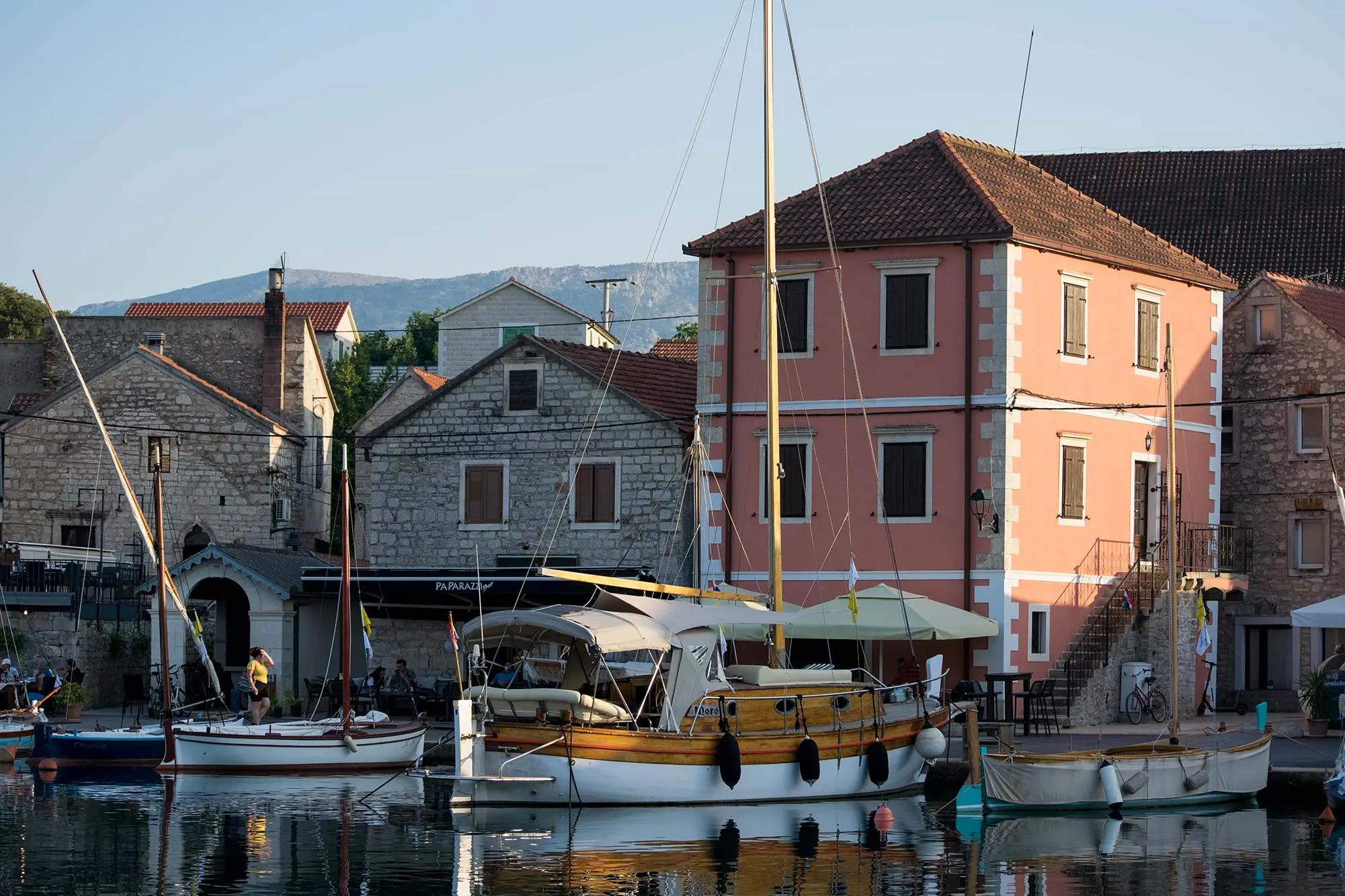
Vrboska, Photo: Adria.fun
Every time I visit a new place, I first look around the whole place and see what there is to see. I walked along the deep cove of Vrboska, admiring its interesting little island, the bridge that divides the cove into two parts, and its stone streets.
- Vrboska, Photo: Adria.fun
- Vrboska, Photo: Adria.fun
- Vrboska, Photo: Adria.fun
It is interesting to me that of all the islands I have visited so far, Hvar truly has the least number of cats wandering around, lazing and visiting tourists in search of food, and the second thing I noticed is that this interesting little place, on a natural elevation, is decorated with an unusual church – fortress St. Mary of Mercy with interesting bells and a huge clock.
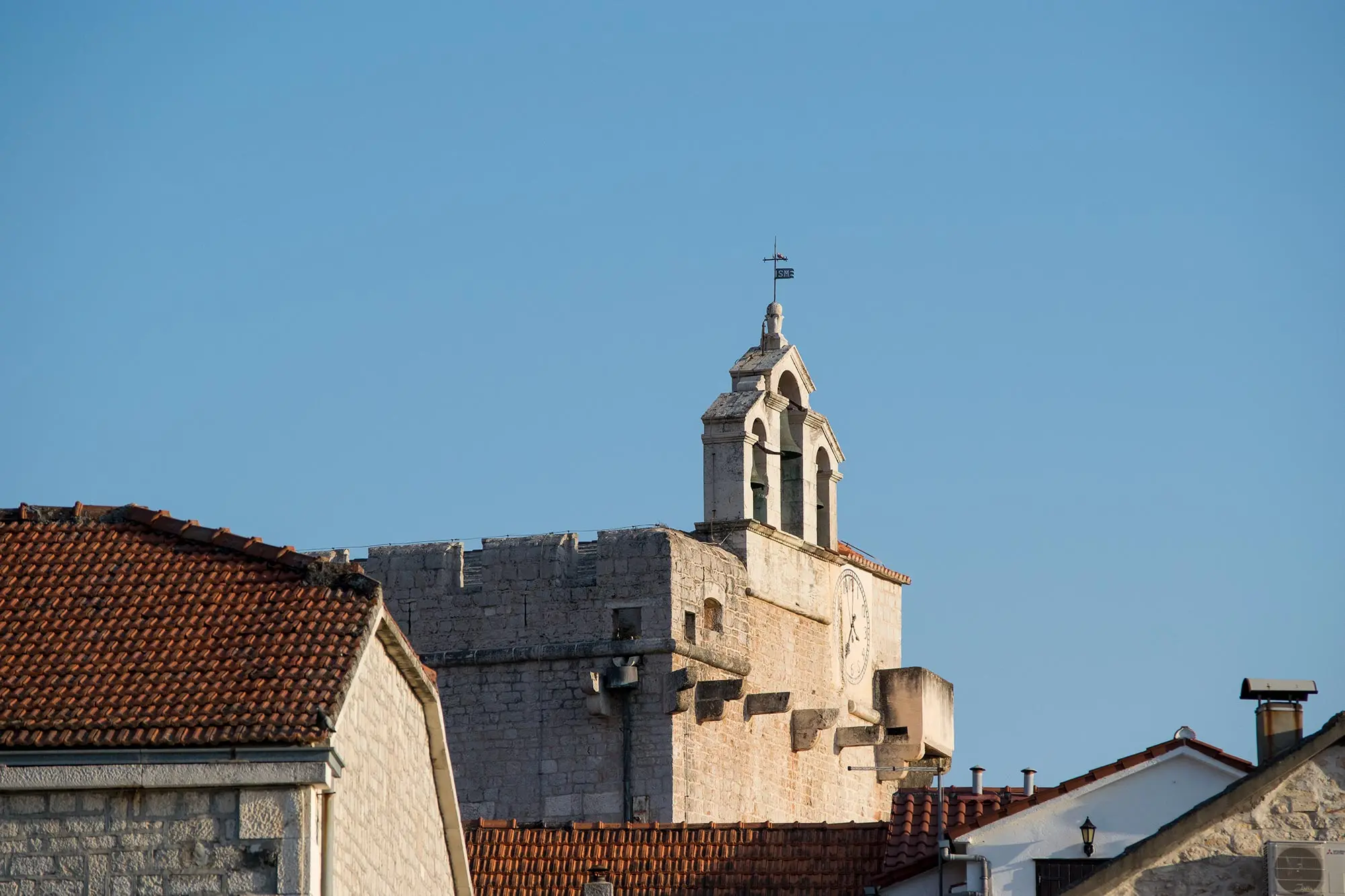
Fortress of St. Mary, Vrboska, Photo: Adria.fun
Church-fortress of St. Mary of Mercy was built at the beginning of the second half of the 15th century as a Gothic one-nave church with a half-tower ending (apse). A little later, at the end of the 16th century, when Turkish fleets under the leadership of Uluch-Ali arrived in this part of the Adriatic, it was devastated and looted together with the whole of Vrboska, which was finally burned.
After that attack, the church was rebuilt and got its present-day fortified form to defend against potential future attacks and take the locals to safety.
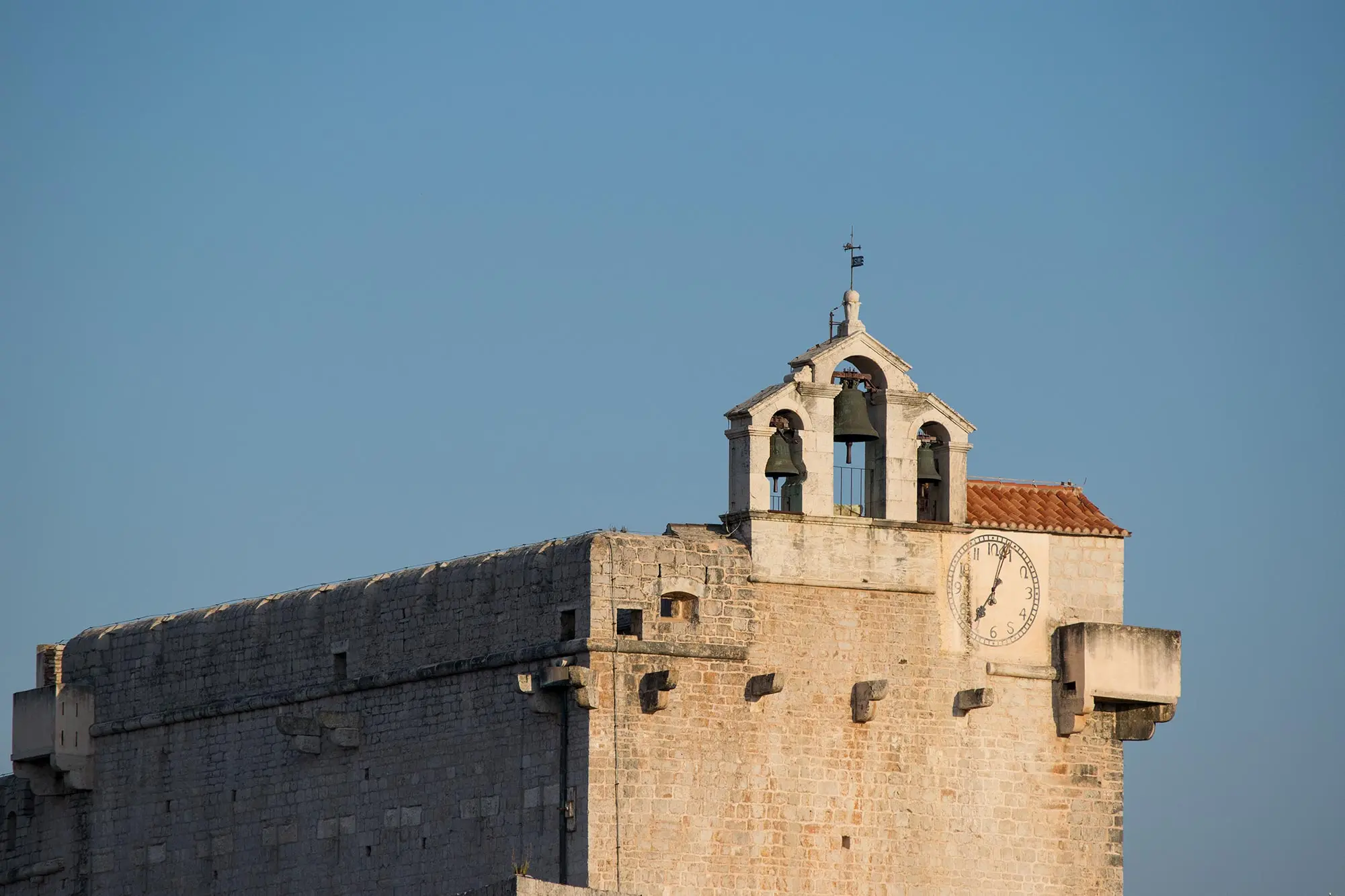
Fortress of St. Mary, Vrboska, Photo: Adria.fun
Only when I got close to it did I realize how big it really is. This monstrosity built of stone blocks covers 400 square meters, is 31 meters long, 10 meters wide, and about 15 meters tall. Its interesting semi-rectangular shape immediately intrigued me and I couldn’t wait to learn about its interior.
But first, I went around it from all sides, because I could not fathom its impressive shape, which is decorated with bells and fortress terraces. There were only a few tourists there who had the same intention as me, but I honestly expected a lot more of them. I asked myself, do the visitors know what they are actually looking at?
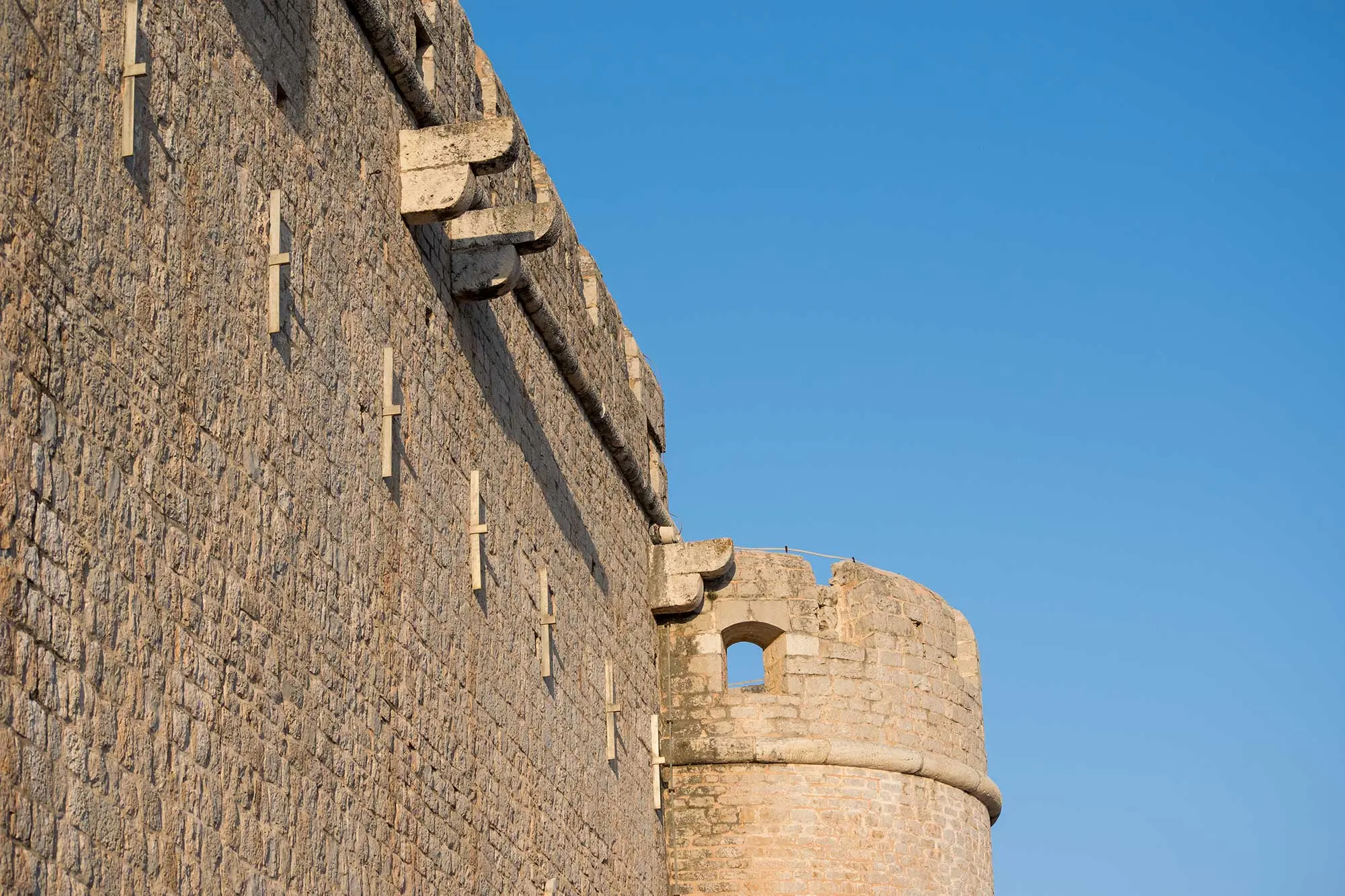
Fortress of St. Mary, Vrboska, Photo: Adria.fun
At the very entrance we were met by a gentleman who, after paying the entrance fee of 2 euros per person, let us explore it on our own. Unfortunately, without a leaflet or a word of explanation about what is right in front of me.
I immediately noticed that it is not decorated with colorful frescoes or the typical features of churches throughout continental Croatia. In front of me in a large room was the minimum number of benches for those who wanted to pray, a large main altar, and four smaller ones, two on each side.
The only sources of light came from the main entrance and a single window to its right, which illuminated my path towards that main altar adorned with an interesting depiction of the Last Supper carved in stone.
- c
- Tvrđava Sv. Marije (Fortress of St. Mary), Vrboska, Photo: Adria.fun
My gaze was also drawn to the floor tomb with the family coat of arms of pastor Petar Fabrio from 1737, on which was written Ne diferas amice – hodie miki cras tibi, which in translation would mean – You are not different from me my friend, today me, tomorrow you.
That sentence followed me to the top of the spiral staircase leading to the terraces that served to defend it in case of another attack. And then there was a beautiful view towards the bay of Vrboska through loopholes and cannon openings.
- Tvrđava Sv. Marije (Fortress of St. Mary), Vrboska, Photo: Adria.fun
- Stepenište (Stairway), Tvrđava Sv. Marije, Vrboska, Photo :Adria.fun
The terraces for defense are divided into two parts, the lower one that looks towards the open sea and the bay, and the higher roof terrace that looks towards the west, where the three big bells that were installed only in 1874 are located.
From there, I decided to observe the bay over which the sun was just setting and enjoy the magical view that was probably also enjoyed by those who protected and visited it here centuries after the attack.
- Tvrđava Sv. Marije (Fortress of St. Mary), Vrboska, Photo: Adria.fun
- Tvrđava Sv. Marije (Fortress of St. Mary), Vrboska, Photo: Adria.fun
Upon returning and leaving the church, my eyes were drawn to the other underground tombs of the local population, which I did not even notice at first. Each one is marked with an ordinal number carved into the stone, so that led me to ask the gentleman who guarded the church who these people were. “There are nobles here, but also ordinary people,” he answered me shortly. “How do I find out their names and can I find this information online,” I asked curiously. “There is no such information online, but it is probably in the old church books,” the guard replied to me, to which I disappointedly replied with only “oh..okay“.
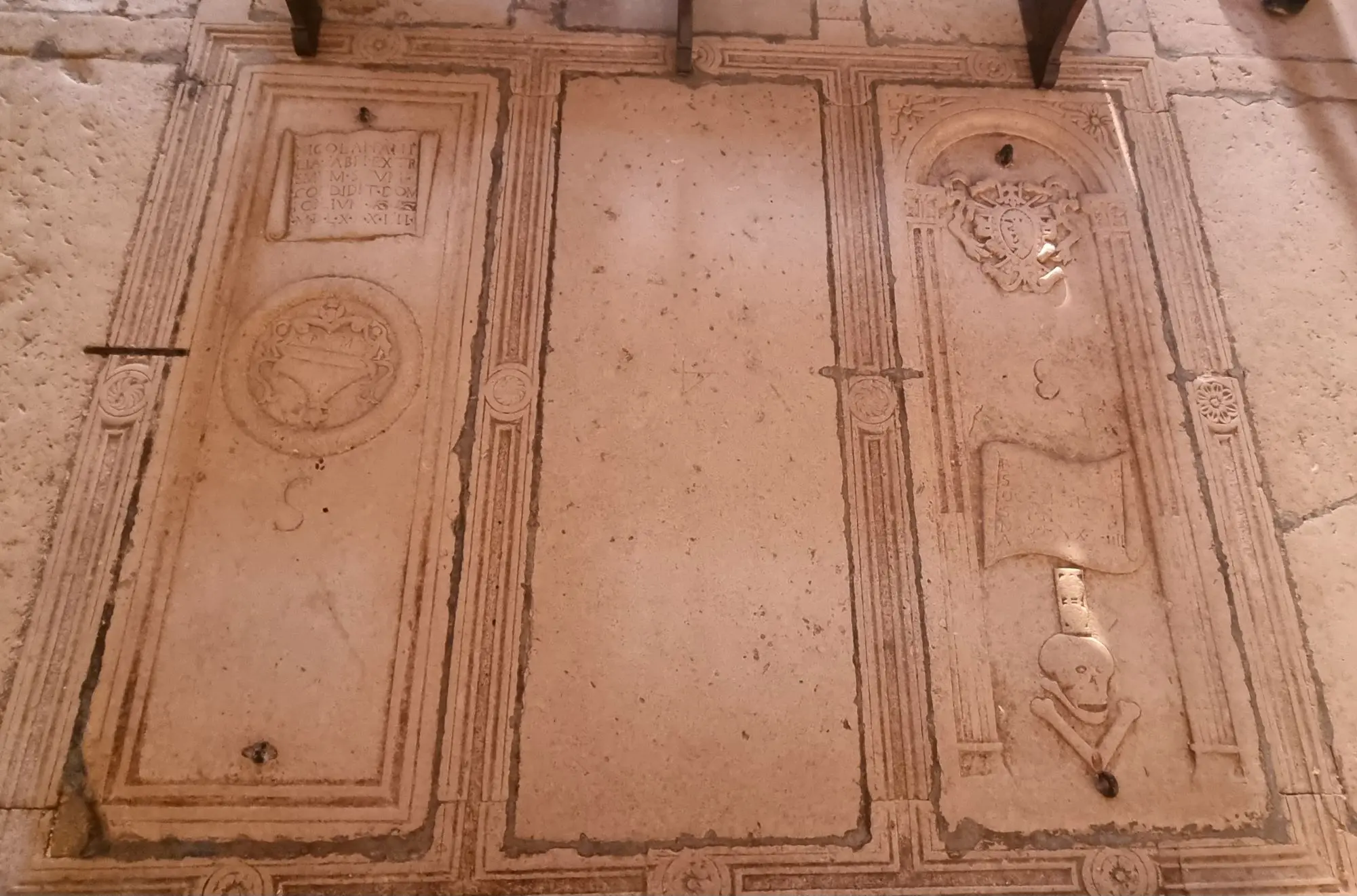
Tombs, Fortress of St. Mary, Vrboska, Photo: Adria.fun
While I am writing this travelogue and doing additional research about this church-fortress, I learned that it was once decorated with various Renaissance works of art that were moved to today’s parish church of St. Lovre not far from the fortress. Now I’m sorry that I didn’t get to visit it, so I hope that my story will lead you there.
And I will still have to wait until the next time when some new opportunity does not bring me to Hvar.
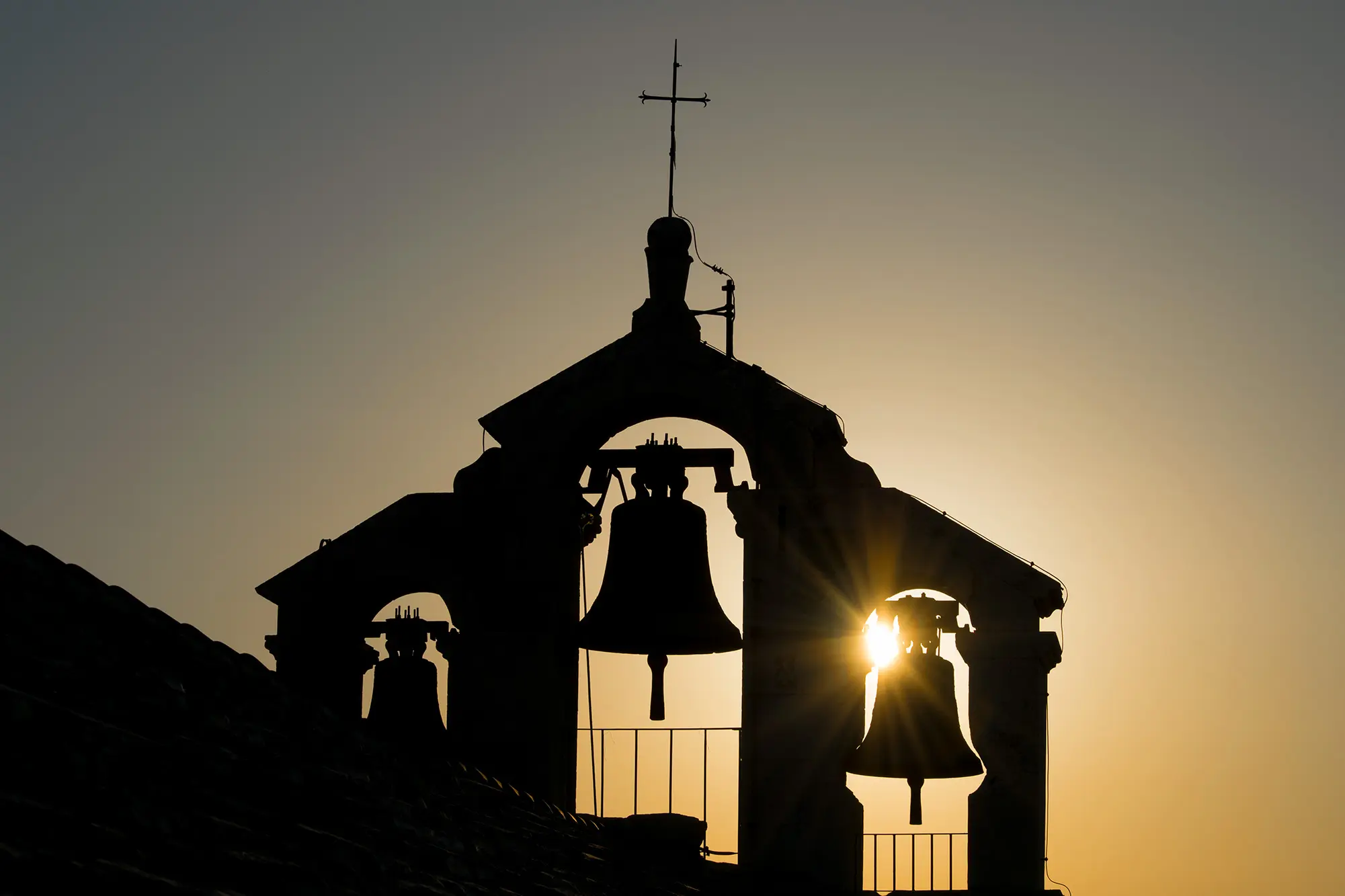
Fortress of St. Mary, Vrboska, Photo: Adria.fun
This publication was co-financed by the Fund for the Promotion of Pluralism and Diversity of Electronic Media.


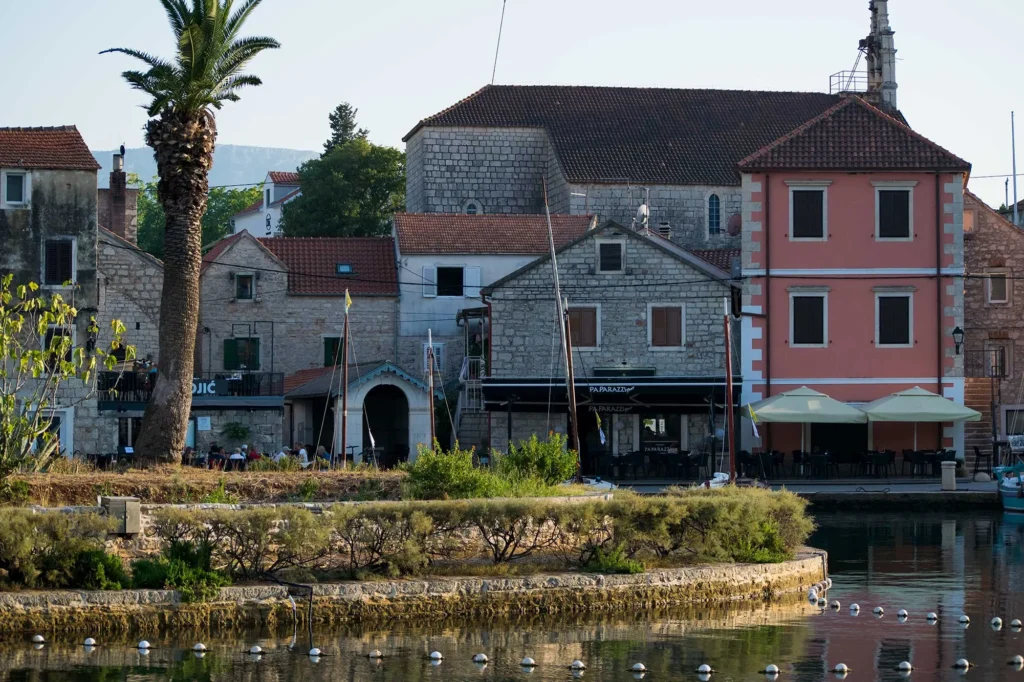
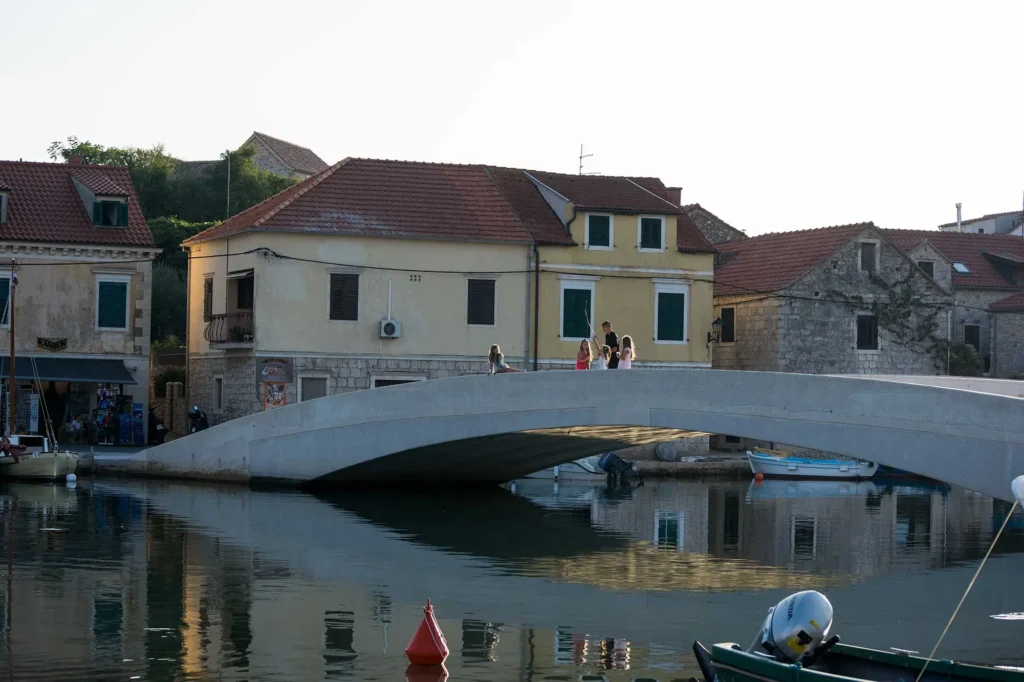
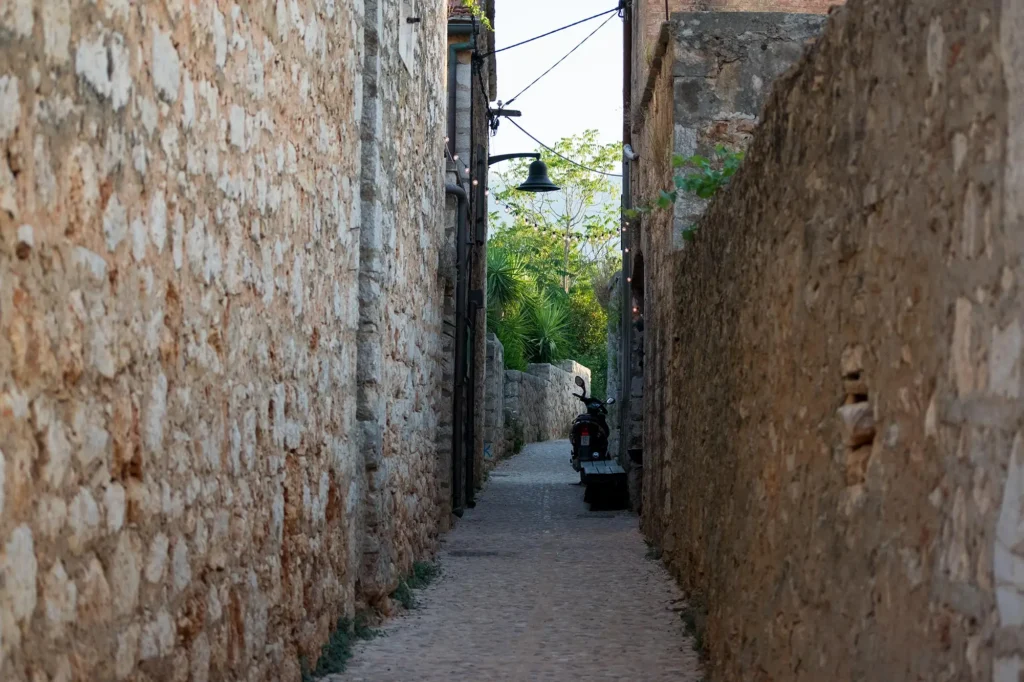
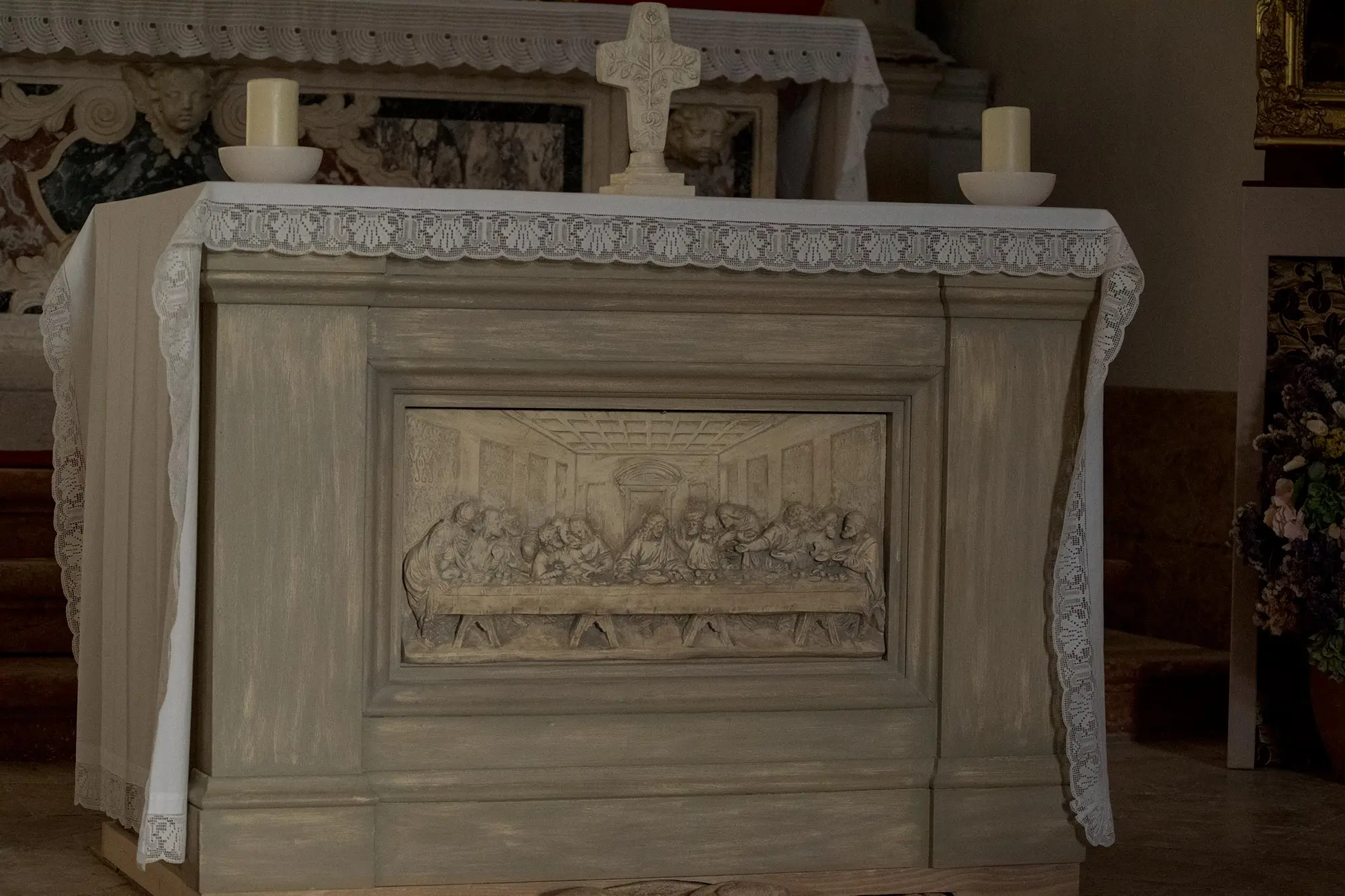
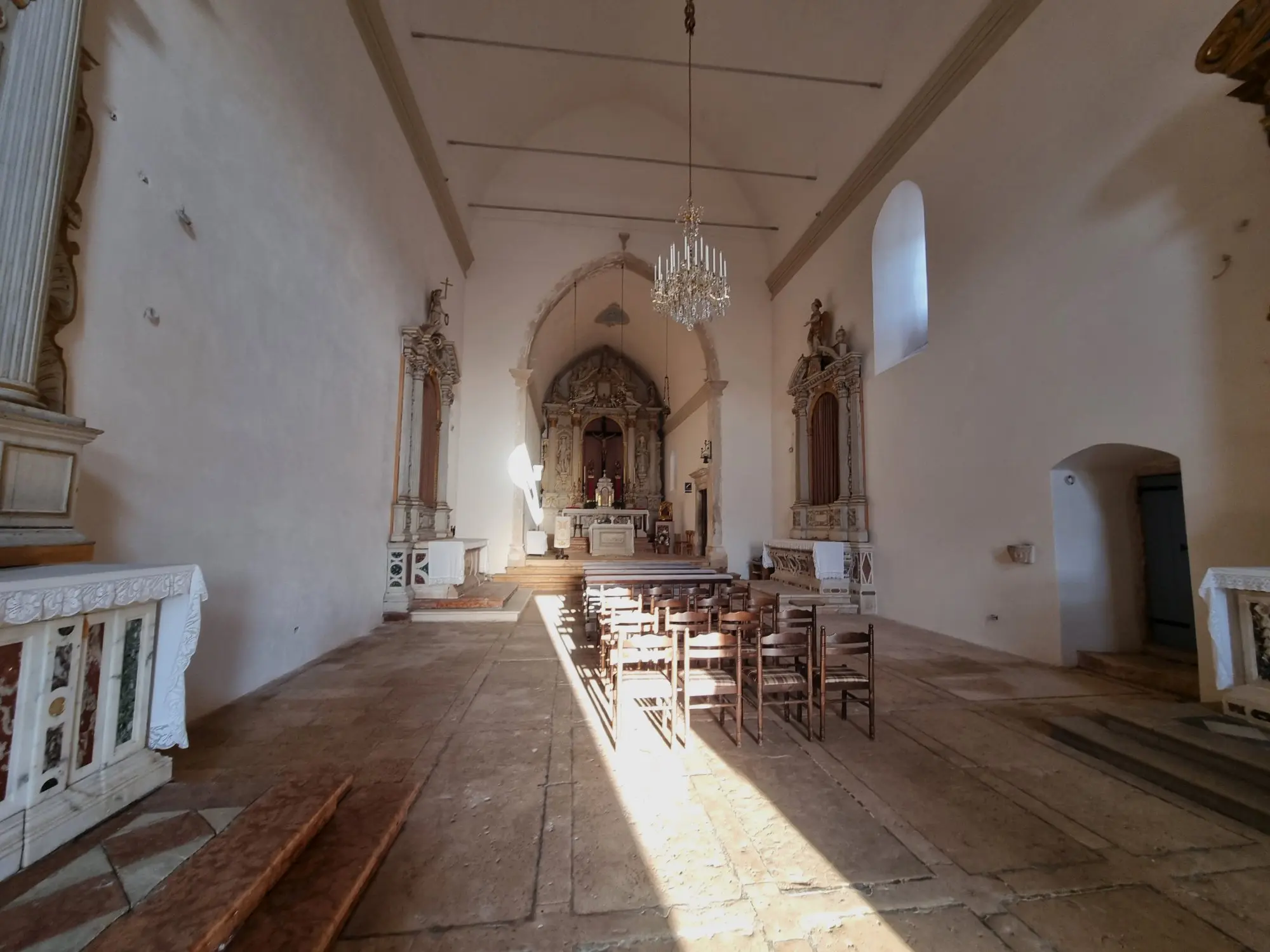
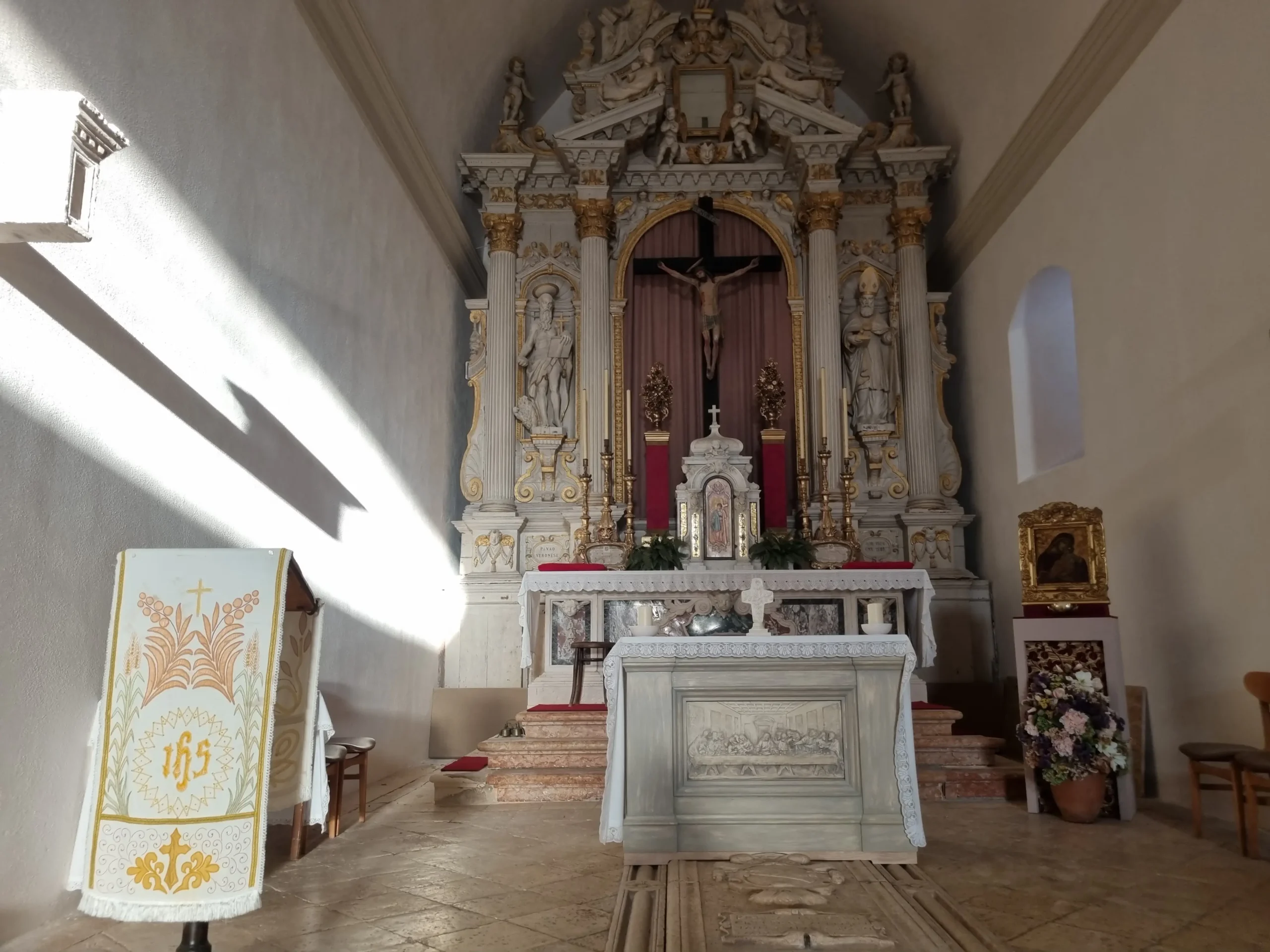
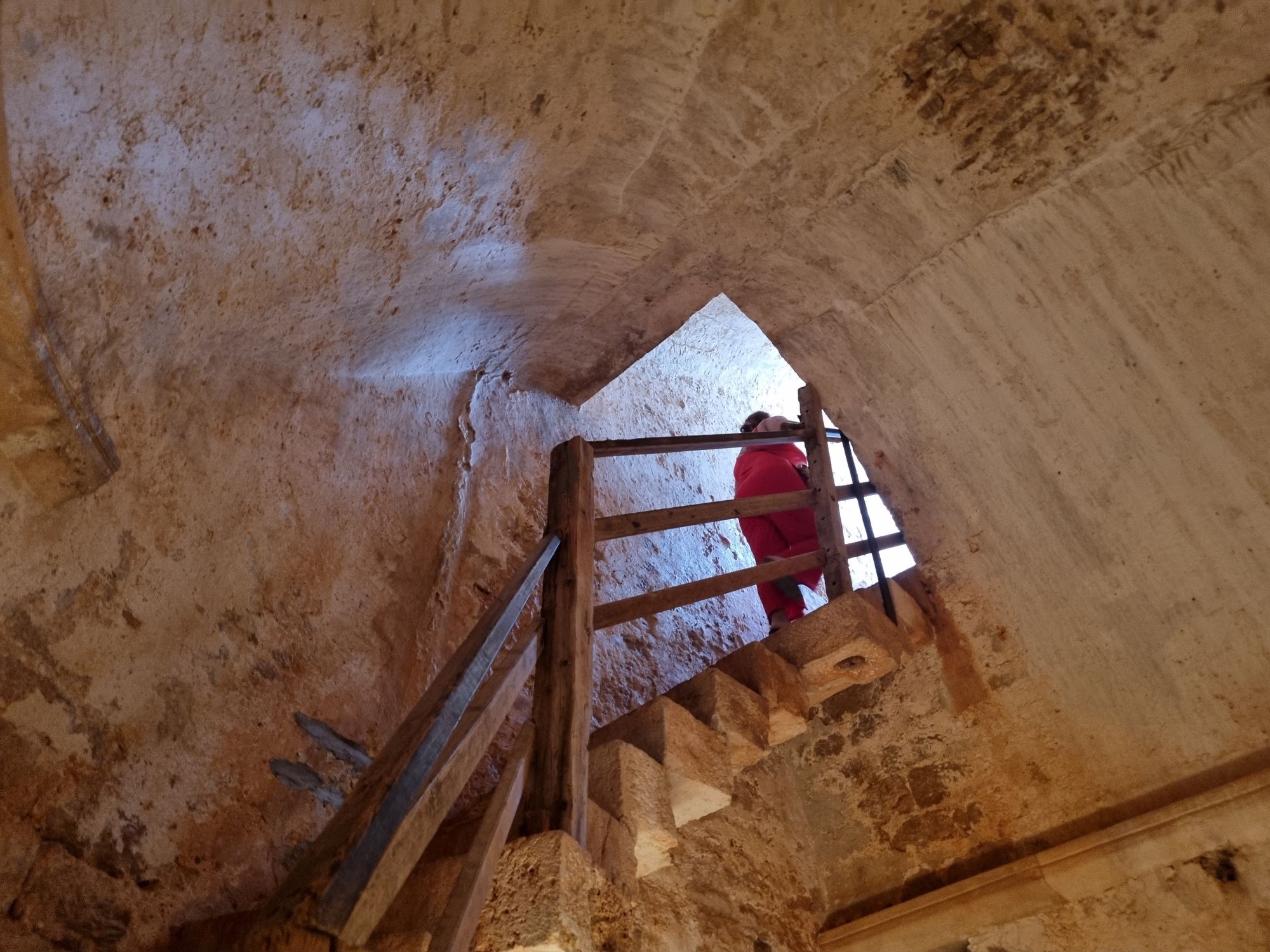

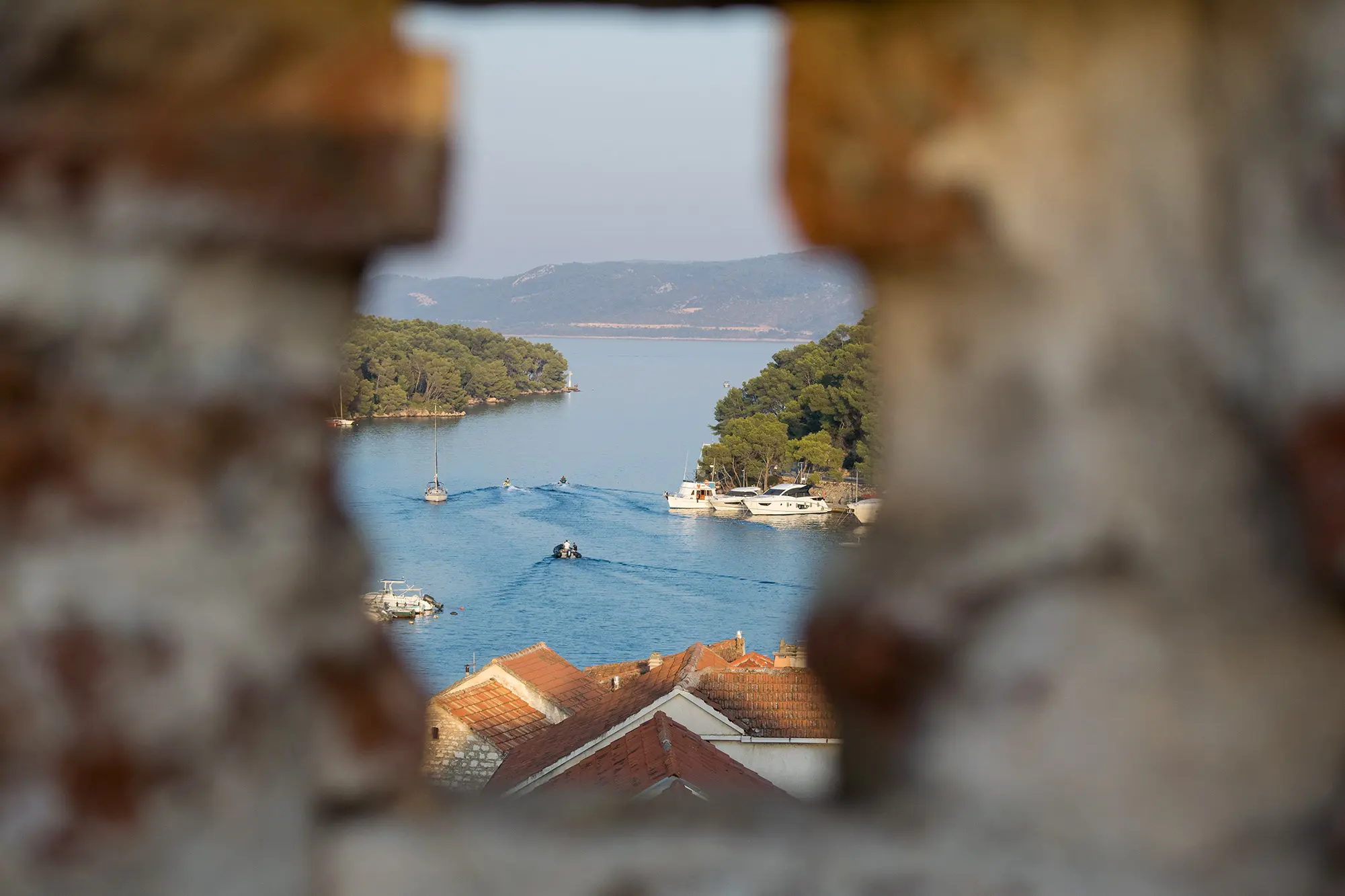

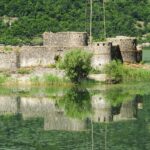
Leave a Reply